Use this set of worksheets to review students’ understanding of the relationship between the number of parts to the size of a fraction.
Learn About Fraction Size
When first learning about fractions, students typically learn how pieces are equal in size and are named with words such as halves, thirds, fourths, etc. As students work with fractions more, they will learn that the piece’s size correlates to the denominator. Simply put, the larger the denominator, the smaller the piece and the smaller the denominator, the larger the piece is.
Think about it this way, if you divide a pizza into quarters and eat one of those pieces, the size of that piece would be much larger than if the same pizza was cut into eighths.
To help students understand this concept, Teach Starter has created a set of worksheets to help your students solidify their understanding of this concept. This download includes 3 worksheets (one being a hands-on activity where students will manipulate pizza pieces) to explore the relationship between the number of parts and the size of a fraction. Students will follow the provided instructions by drawing and coloring a set of items to create a fraction of a set and answer questions about each.
An answer key is included with your download to make grading fast and easy!
Tips for Differentiation + Scaffolding
In addition to independent student work time, use this worksheet as an activity for:
- Guided math groups
- Lesson warm-up
- Lesson wrap-up
- Fast finishers
- Homework assignment
- Whole-class review (via smartboard)
For students who need additional support, consider providing them with fraction circles to investigate the difference in the size of pieces when the denominator changes.
Easily Download & Print
Use the dropdown icon on the Download button to choose between the PDF or editable Google Slides version of this resource.
Because this resource includes an answer sheet, we recommend you print one copy of the entire file. Then, make photocopies of the blank worksheet for students to complete.
To save paper, we suggest printing this multi-page worksheet double-sided.
Turn this teaching resource into a sustainable activity by printing on cardstock and slipping it into a dry-erase sleeve. Students can record their answers with a whiteboard marker, and then erase and reuse them.
Additionally, project the worksheet onto a screen and work through it as a class by having students record their answers in their notebooks.
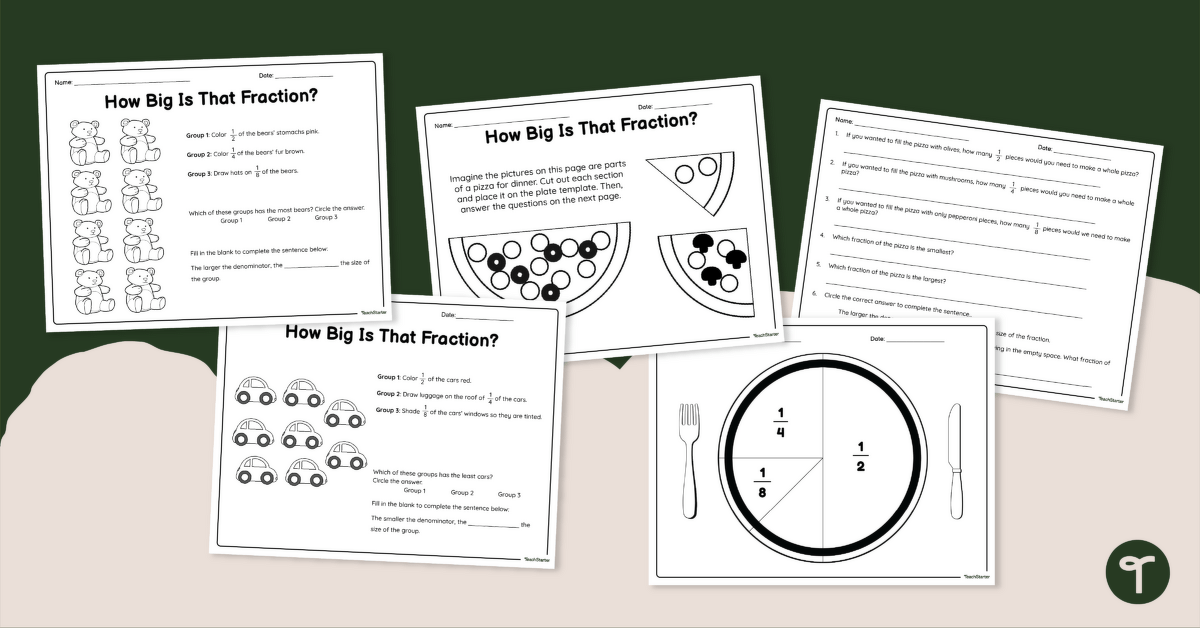

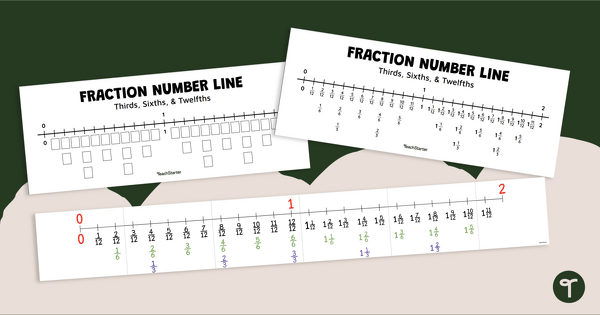
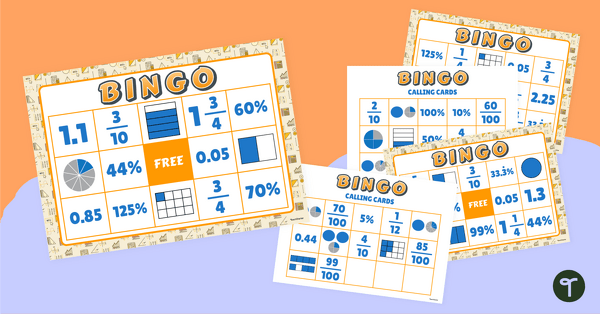
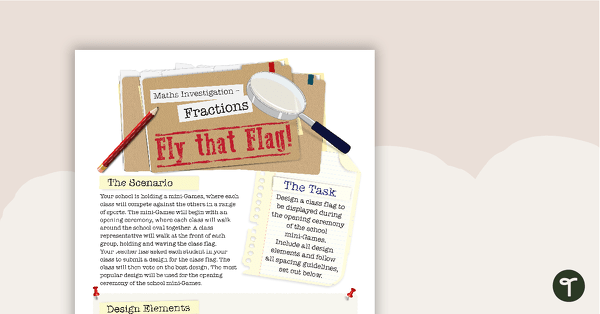
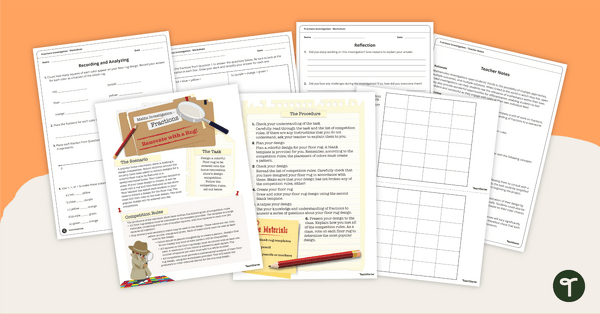
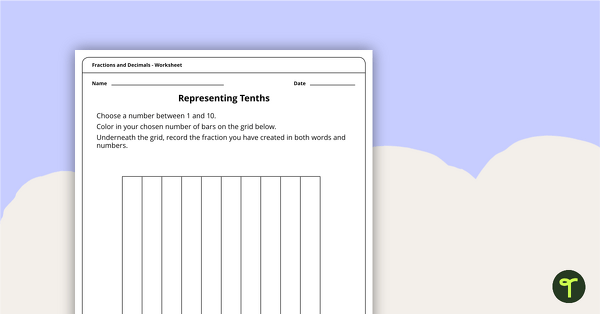
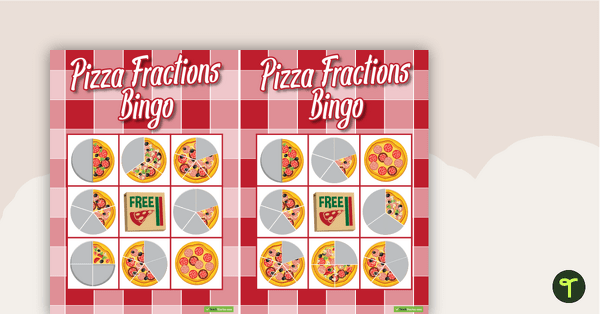
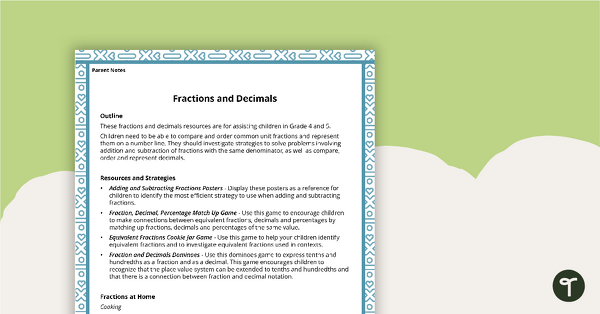

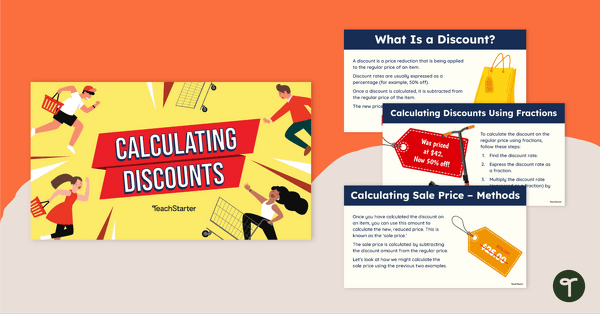
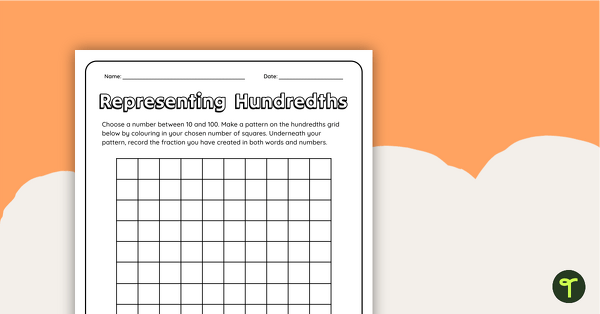
0 Comments
Write a review to help other teachers and parents like yourself. If you'd like to request a change to this resource, or report an error, select the corresponding tab above.